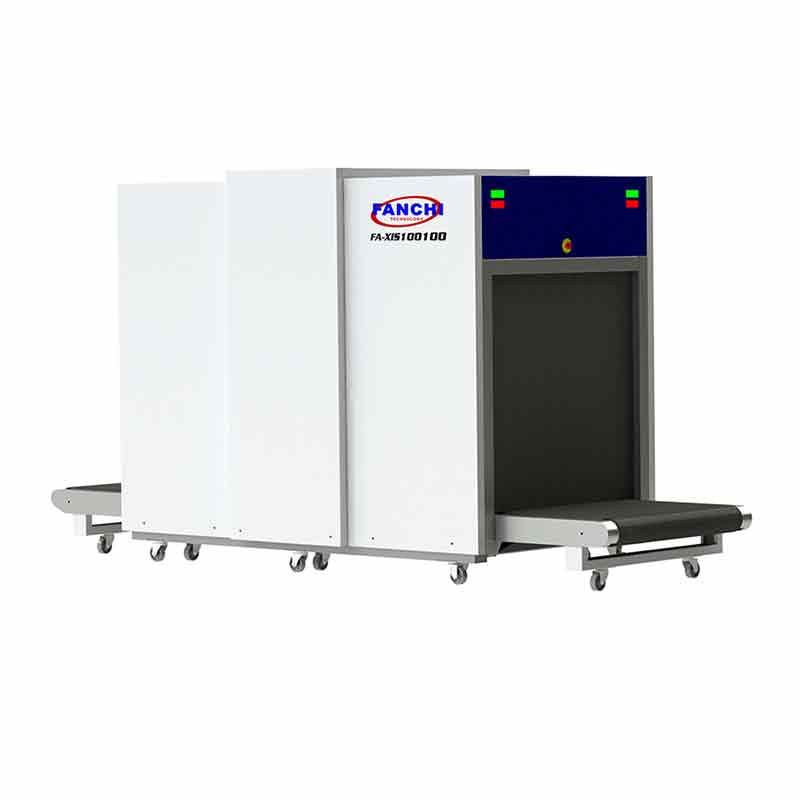X-ray baggage scanners have become an essential tool in maintaining security at airports, border checkpoints, and other high-risk areas. These scanners use a technology known as dual energy imaging to provide a detailed and clear view of the contents of baggage without the need for physical inspection. Let's take a closer look at how these scanners work and explore their wide range of applications.
X-ray baggage scanners utilize a high-frequency radiation known as X-rays. When an object is placed inside the scanner, the X-rays pass through the baggage and interact with the materials present. Different materials absorb X-rays to varying degrees, which allows the scanner to distinguish between them. This is where dual energy imaging comes into play.
Dual energy imaging involves the use of two different X-ray energy levels. The scanner operates by emitting two separate X-ray beams, typically at high and low energy levels. The high-energy X-rays are absorbed more by dense materials like metals, while low-energy X-rays are absorbed more by organic materials like plastics and organic substances. By measuring the attenuation of each energy level, the scanner can create a detailed image that highlights the variations in X-ray absorption. This information allows security personnel to identify potential threats or prohibited items within baggage.
One of the main advantages of X-ray baggage scanners is their ability to provide non-intrusive and real-time inspection. Baggage is fed through the scanner on a conveyor belt, allowing for quick and efficient screening. The dual energy imaging technology enables security personnel to identify concealed weapons, explosives, drugs, or any other contraband. By visually inspecting the generated image, anomalies or irregularities can be easily detected, triggering additional measures if necessary.

The applications of X-ray baggage scanners extend beyond airport security. They are widely used in government buildings, courthouses, railway stations, and even in the private sector for high-value asset protection. Moreover, X-ray baggage scanners have recently found application in the healthcare industry. They are used for medical imaging, providing valuable insights into the human body and aiding in the diagnosis of ailments.
With the advancements in technology, X-ray baggage scanners have become increasingly sophisticated. Some scanners use computer algorithms that analyze the image data to automatically highlight areas of concern, further streamlining the screening process. Additionally, the scanners are designed to minimize exposure to X-ray radiation, thus ensuring the safety of both the operators and the passengers.
In conclusion, X-ray baggage scanners using dual energy imaging have revolutionized security screening procedures. These scanners provide a comprehensive view of the contents of baggage without the need for physical inspection. Their applications extend beyond airports and are employed in various settings that require high-security measures. As technology continues to advance, X-ray baggage scanners will play an increasingly vital role in maintaining safety and security.
Post time: Nov-13-2023





